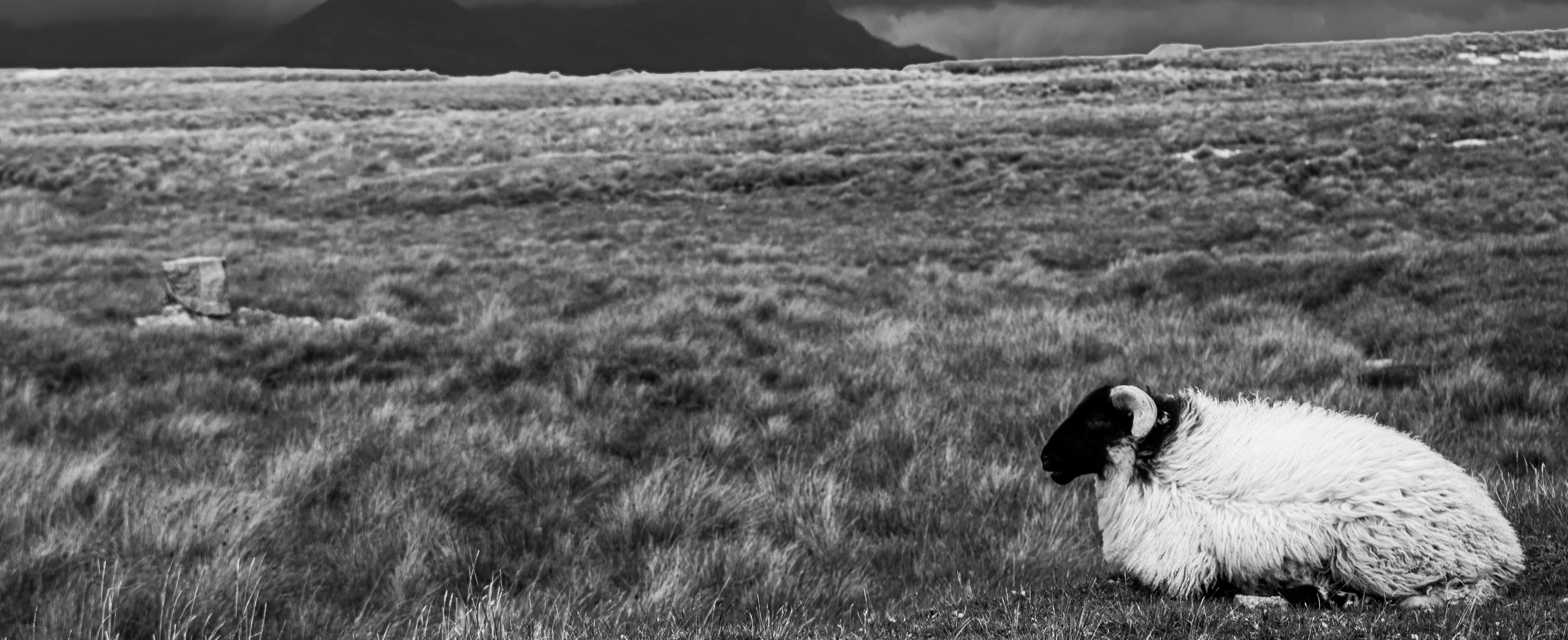Abstract
Circus is an art form that developed around horses and trick riding. Philip Astley, an excavalry man who had recently returned to London after fighting in Europe in the Seven Years War (1756- 63), founded Modern Circus when he introduced clowns, musicians and acrobats to cover the changeover in his riding displays. Daring, acrobatic stunt riding remained the central most important element in modern circus. The strong sense of connection developed between a cavalryman and his horse through the sense of shared mortality on the battlefield was an important element informing the presentation of horses in modern circus. Running counter to the widespread exploitation of horses as beasts of burden widely used as machines, modern circus often depicted horses as creatures of passion, linked to Romantic imagery of the sublime. Astley championed a more humane way of training horses, and, in the context of its time, Astley’s circus can be seen as acting as a social force to contest pervasive cultural attitudes towards horses as machines. New Circus, which began in the late 1970s, saw a move away from the use of animal performers to the use of human performers only. This can be seen as a response to growing concern about the role of animal performers within circus, and also growing awareness of the rights of animals. The emergence of three new horse circuses in Quebec, Canada, namely Luna Caballera, Cavalia, and Saka, all formed after 1999, is examined in light of this cultural context and the work of Cavalia is discussed.
Keywords: circus, animal performers, critical animal studies, horses, Philip Astley, Patti Astley, cavalry, stunt riding, Romanticism, Mazeppa, new circus, Cavalia
How to Cite:
Lavers, K., (2015) “Horses in Modern, New, and Contemporary Circus”, Animal Studies Journal 4(2), 140-172.
Downloads:
Download PDF
67 Views
1714 Downloads

